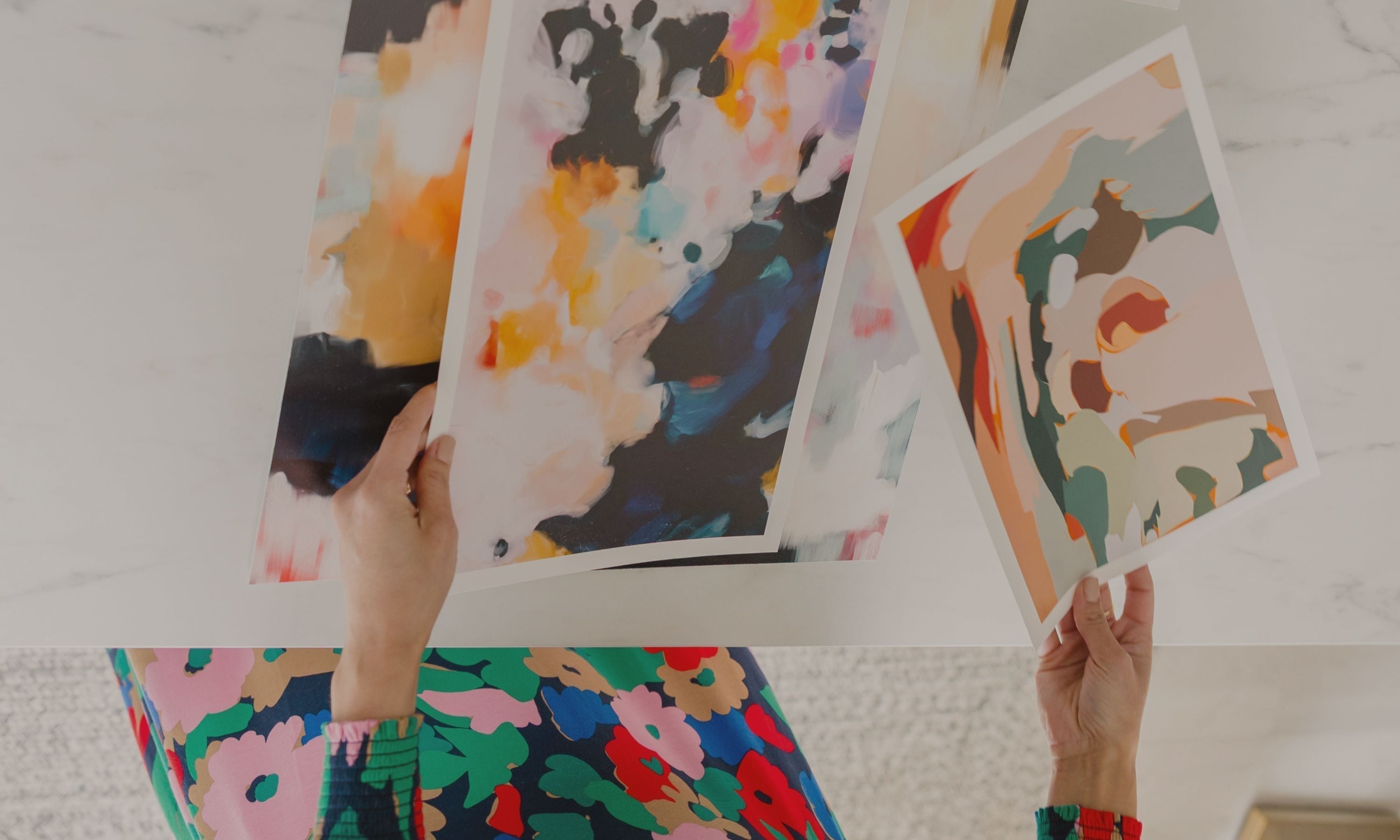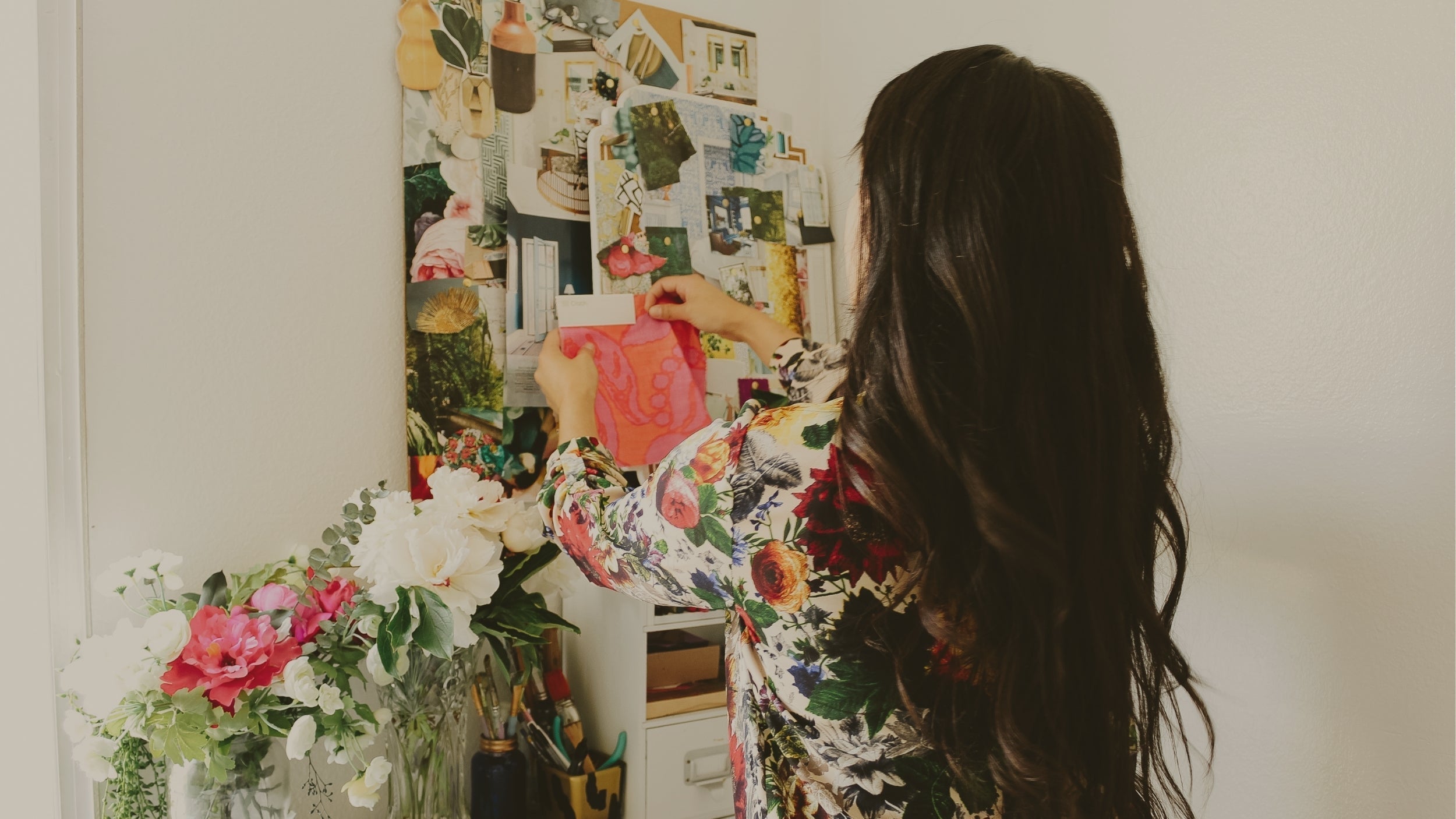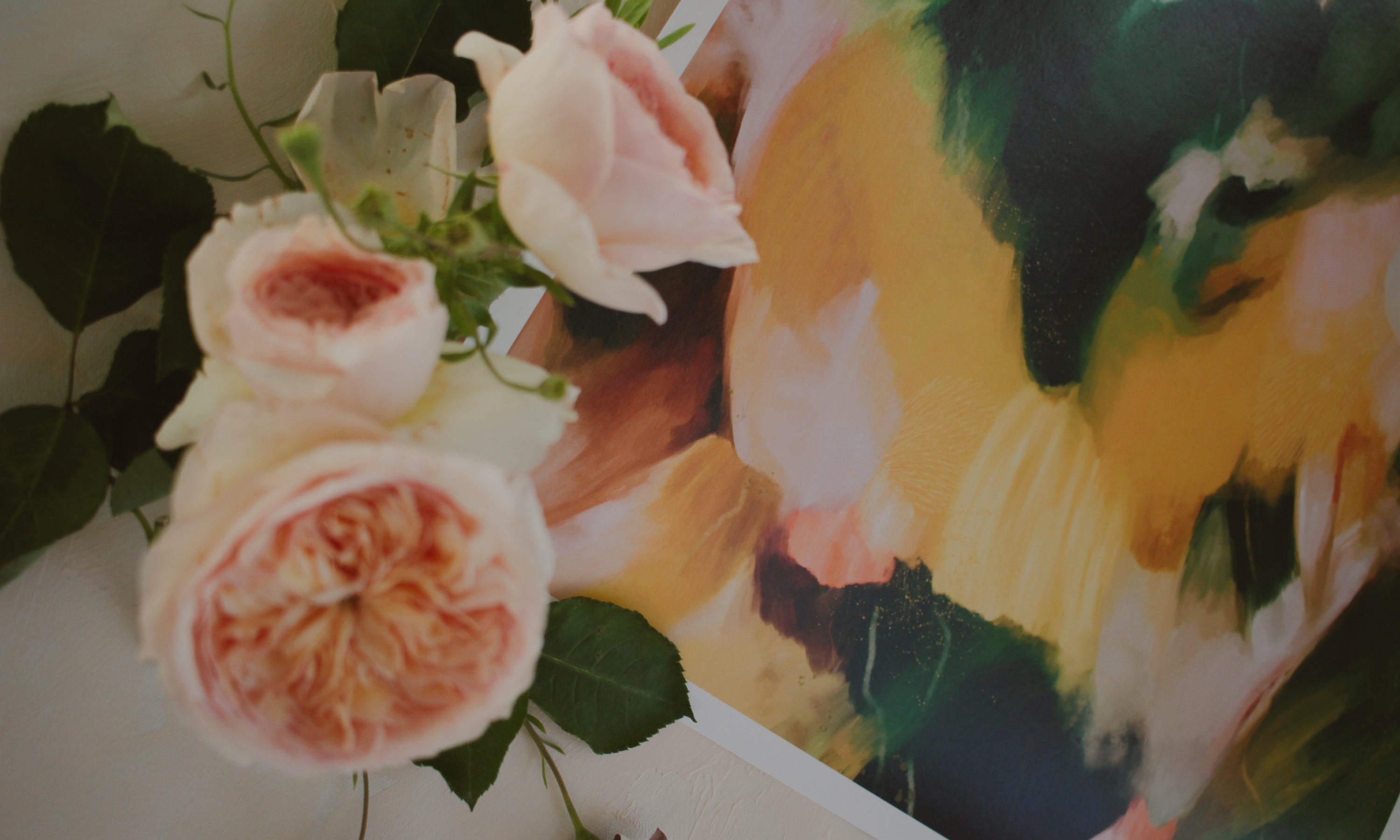
Avoid These Common Pitfalls When Pricing Your Art Prints
If you’ve been hanging out here for a while, then you know that I believe selling art prints is a brilliant way to make money from your art without having to constantly create originals.
But let’s be honest: pricing your prints can feel overwhelming, especially when you're just getting started.
If you’ve ever opened up your laptop, logged on to your online store, and stared blankly at the price section of your product listing, you’re not alone.
Pricing is one of the most common places artists trip up, because it’s not just about numbers. It’s also about mindset.
Let’s break down the most common pricing pitfalls (and how to avoid them), so you can start selling your prints with confidence and clarity.
1. Looking to Other Artists for Pricing Cues, and Then Undercharging Yourself
When you’re new to offering art prints, it’s natural to look around at what other artists are charging. You might check out someone with five years more experience, see they’re charging $150 for a 16”x20” print, and think, “Well, I’m just starting out… I should probably charge less.”
Sound familiar?
Here’s the problem: By doing this, you’re devaluing your work before you even begin. You're making emotional decisions instead of informed ones. Pricing based on self-imposed imposter syndrome is not the strategy that will help you grow your business.
Instead, flip the script: start with YOU and your needs first.
What does this mean exactly? Keep reading.
2. Not Knowing What You Need to Earn
This is huge.
Before you pick a number out of thin air, ask yourself:
- What are your monthly business expenses?
- What does it cost to produce and ship each print?
- What do you need to earn to meet your personal financial goals?
Doing the math might not be the fun part of being an artist, but it’s absolutely essential if you want your business to support your life, not drain it.
Your profit is what will ultimately act as the supporting pillar for your business. It’s how you get to pay yourself, reinvest in your business, and save for rainy days. But if you don’t know what your expenses are, then you don’t know what your profit is.
When you price based on your needs, you're no longer guessing. You’re making empowered decisions.
3. Letting Vague Formulas Confuse You
You’ve probably come across a million different pricing formulas (I know I did when I was first starting out!).
One of the most popular? The square inch or square foot formula.
But here’s the catch: these lack clear reasoning and are often based on emotion. Why $1.50 per square inch? Why not $2 or $3? How did you arrive at this number? What system? What process?
Without understanding where those numbers come from, you're still guessing, but with math attached.
What you need is a formula that:
- Includes all your costs
- Reflects your desired profit
- Is a linear process that makes sense to you
When you know why you’re charging what you’re charging, you feel way more confident. And that confidence shows up in how you market and sell your work.
4. Believing Experience = Value
Here’s a truth bomb: You don't have to be 10 years into your art career to charge premium prices.
As a self-represented artist, your price should reflect your costs, your goals, and your presentation, not just your experience level.
Presentation matters. So if you’re aiming for higher price points, focus on things like:
- The quality of your prints
- Your branding and packaging
- How you talk about and market your work
Value is perceived, and how you present yourself plays a huge role in that perception.
5. Getting Stuck in Research Mode Forever
This one’s sneaky. If you're anything like me, you want to get your pricing “just right,” which means you can easily spend an eternity Googling and comparing... until your brain feels like mush.
The truth? No amount of research will give you the perfect number.
Start with a clear understanding of your costs and goals. Pick a price based on real math. And then adjust as you go. Clarity comes from action.
Remember, your pricing can evolve as you gain more recognition as an artist and as your business grows.
6. Letting Money Mindset Hold You Back
Oof. This one gets deep. Like subconscious deep.
If you grew up hearing things like:
- “People only buy what they need.”
- “Art is a luxury.”
- “No one will pay that much.”
...those thoughts will creep in as you’re trying to figure out your pricing, and ultimately wreak havoc on your goals.
But remember, there is a market for everything AND at every price point.
For instance, small trash cans that go under your desk can typically cost between $10-50. But is that the most expensive trash can that exists?
No. I once found one made out of brass for $2,300.
Whether or not you would spend that much isn’t the point. It’s proof that people do spend money on things that bring them joy, beauty, and meaning.
Your art is valuable. Your prints are valuable. And yes, people will pay for it.
Quick Recap: Common Art Print Pricing Pitfalls to Avoid
- Comparing your prices to other artists and automatically charging less
- Skipping the math on what you actually need to earn
- Relying on vague pricing formulas without understanding the numbers
- Believing you can’t charge premium prices because you’re “just starting out”
- Getting stuck in research mode instead of taking action
- Letting old money stories keep you from owning your value
Want Help Pricing Your Prints (Without the Guesswork)?
I’ve got you!
I created a 25-minute mini workshop that walks you through the foundations of how exactly to price your art prints using real, concrete numbers.
No more guessing, no more self-doubt.
By the end, you’ll know your exact pricing (and why), so you can start selling your prints with total confidence.





Leave a comment
This site is protected by hCaptcha and the hCaptcha Privacy Policy and Terms of Service apply.